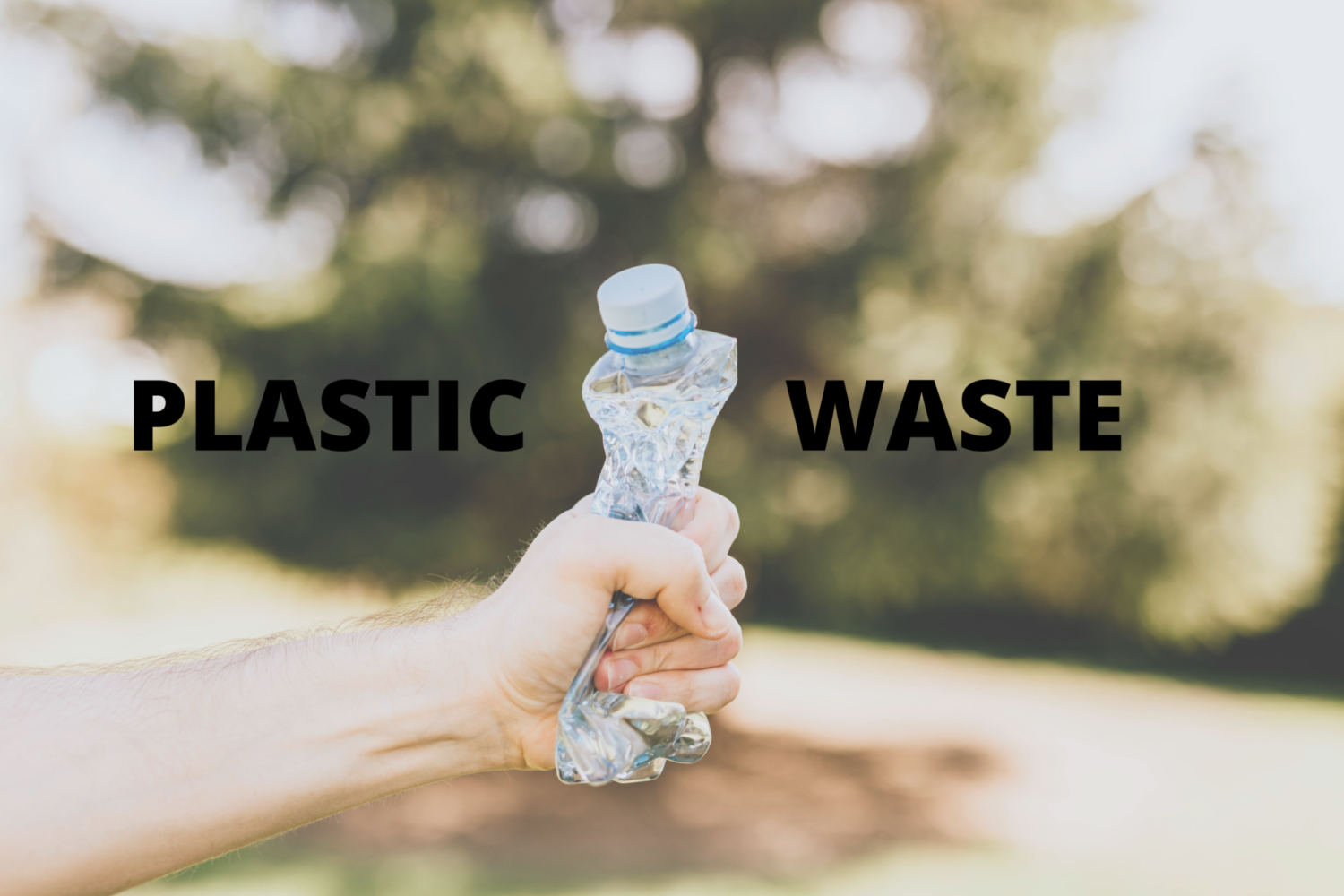Full disclosure: I’ve used a lot of single-use plastic over the past year. In the midst of a global pandemic, plastic quickly became a necessity. Disposable products were more sanitary than reusable ones, and environmental concerns all but disappeared in favor of immediate public health measures. Everything from masks to takeout containers helped us slow the pandemic’s spread in one way or another.
Think about all of the ways you use plastic in your daily life. Maybe it’s the shopping bags you bring home every week. Or the plastic wrapping on your food that keeps it fresh. That fleece jacket sitting in the back of your closet right now? Plastic.
Therein lies the dilemma with plastic waste: plastic is incredibly useful and versatile. And once it’s been disposed of, it’s also incredibly harmful.
A Superhero Material
The plastic containers sitting on your bathroom counter most likely started their existence as raw fossil fuels—oil, natural gas, or coal. After being refined and treated, the compounds extracted from these fuels (called monomers) undergo various chemical reactions. This process produces polymers, or long chains of monomers. Polymers take different forms depending on the fuel they were extracted from and the reaction they went through.
All plastics are made up of polymers, but different polymers yield different forms of plastic. Some are soft, like a plastic bag. Others are hard, like a water bottle or a cooler.
The best part about plastic is that, once it’s formed, it resists chemical reactions. Plastic containers can hold almost any sort of substance. This wonder material keeps you warm and dry, holds your food, and protects you from disease. Incredibly resistant and versatile, plastic is a cultural habit—one we’ve turned into a necessity.
Yet, like any superhero, plastic’s greatest strength is also its greatest weakness.
Size Matters
When objects break down and decay, they do so through chemical reactions. Iron mixes with oxygen and water and turns to rust; bacteria and animal stomachs break down plants and other organic matter; even rocks can dissolve away in the presence of slightly acidic water.
Plastic, on the other hand, resists those chemical reactions. Animals and microbes can’t turn it into something useful by eating it. If left to its own devices, that plastic water bottle sitting on the sidewalk will stick around for another 500 years. When it breaks down, it won’t turn into something that the Earth can reuse. Instead, the combination of UV light from the sun and friction from being tossed around the world turns plastic products into microplastics: tiny pieces of plastic that are no longer visible to the human eye. Eventually, those microplastics will break down into individual molecules of plastic.
Plastic persists. Instead of breaking down into other molecules that are useful in the environment, it remains itself forever once we’ve created it—it just gets smaller over time.
Because of the wide variety in sizes and forms of plastic, it can end up anywhere. Plastic straws end up jammed up the nose of a turtle, while plastic fibers float along in the air we breathe. Even the food we eat can contain microplastic particles from various sources. Geologists even note that plastic is becoming a geologic marker as it settles into sediment and becomes preserved in rock; in the future, this could serve as a marker of the Anthropocene—when humans began to dominate the Earth.
Plastic’s Smallest Problem
“Everyone eats and inhales sand and dust, and it’s not clear if an extra diet of plastic specks will harm us.”
XiaoZhi Lim in Nature
Stories of sea creatures injured or killed after ingesting or becoming entangled in plastic fishing nets, straws, or six-pack rings are widespread and certainly disturbing—but do microplastics present similar dangers to living organisms?
Researchers have only recently begun to look into the potential health impacts of microplastic pollution. In mice, zooplankton, and other marine species, there’s concern that microplastics can interfere with reproduction and feeding, making it difficult for species to survive long-term. Other scientists are concerned that chemical additives to plastic, such as flame retardants, UV stabilizers that prevent plastic from degrading, or dyes, may also leach into their surroundings, posing a health risk when ingested and a contamination risk to the environment.
But how much plastic is too much for us humans? And can we ingest enough of those chemical additives to create a health hazard? These questions still need more research before we can know for sure how harmful microplastics are.
The bottom line, however, is that plastic pollution does pose a significant environmental and health risk. Any disruption at the bottom of the food chain can throw an entire ecosystem out of balance. In our oceans, that means that if smaller marine animals see a population decline due to plastic pollution (whether micro or macro), then larger animals will suffer too—and, by extension, the three billion people whose main protein sources come from the ocean.
This month, we’re taking an in-depth look at the issue of plastic waste, from recycled plastic to the zero-waste movement. On Wednesday, I’ll sit down with Jennifer Congdon of Beyond Plastics on our podcast for a discussion about the scale and impact of plastic pollution, and next Monday we’ll have an article on ocean cleanup efforts and the strengths and struggles of our plastic recycling system here in the United States. Follow along on Impactfull to keep up with the rest of the series!
- A Dose of Climate Optimism from 2021 - January 20, 2022
- When It Comes To Climate Change, Language Matters. Here’s Why. - December 28, 2021
- The EPA Wants To Take A Few Years To Regulate PFAS. Here’s Why. - October 28, 2021
